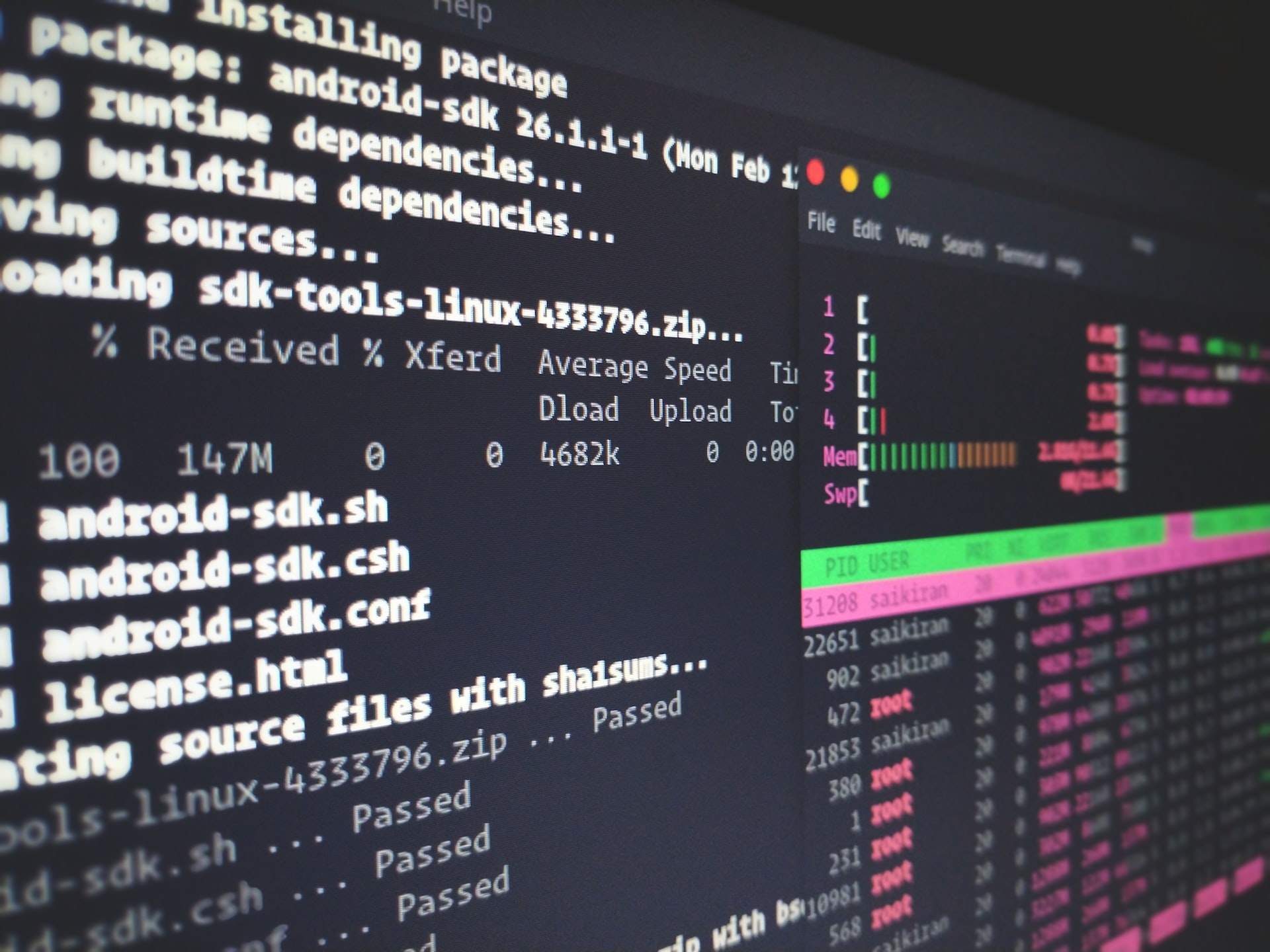A recent report published in August 2022 estimated that internet bots generate 42% of all internet traffic. Bots have been employed for various reasons – good and bad. Smart internet bots replaced the monotonous tasks that humans had to do before. These bots are automated programs that work significantly faster and more accurately than a human will ever be capable of doing.

A web scraping API from Smartproxy used in conjunction with an internet bot can improve your market research results and help your business make better decisions. A good internet bot can assist with Search Engine Optimization (SEOs), web indexing, or stock market analysis, to name a few. However, some bad bots can have disastrous personal and financial consequences, like spambots, DDoS bots, and vulnerability scanners.
If you want to learn more about everything there is to know about internet bots. You should read further as we’ll tell you more about the differences between good and bad internet bots.
Some Examples of Good Internet Bots
Good bots are legitimate and generally improve website operations, business processes, and user experiences. Some of their uses include:
Knowledge Or Customer Service Chatbots
Chatbots simulate a human conversation between the user and the bot through voice or text. The chatbot is programmed to answer frequently asked questions about the product or service. Websites and applications employ these bots during non-business hours or as a way to reduce labor intensity in answering customer queries or issues. Excellent examples include Siri (Apple) and Alexa (Amazon).

Web Scraping Bot With API
Market research professionals use web scrapers to scrape (or extract) data from websites or social media sites. In order for the data to be viewed, a web scraping API is required. The service provider will give users a web scraping API, making it possible for the scraped data to be automatically downloaded into a predefined database. These tools must be integrated for users to achieve their web scraping goals successfully. Some already include a proxy, but if your service doesn’t it’s highly recommended to use one alongside your scraper to scale your efforts.
Web Crawler Bots (Spider Bots)
These bots index website content to improve search results and are predominantly used by search engines. Web crawler bots can search the internet, index content they encounter, and index all the content rapidly. Depending on how robust the web crawler is and its search and indexing settings, it can take a few hours, 24 hours, or a few months to search for and index new content.
Monitoring Bots
Monitoring bots are programmed to monitor user activity on a website. They’re also employed to constantly monitor the website’s health and report all vulnerabilities to the website owner.

Transaction Bots
This type of bot helps users complete online financial transactions. They allow you to verify your identity, complete an online purchase, process credit cards, block credit cards (in the event of theft), verify PINs, and act as checkout desks, including other online financial services and transactions. The main objective of these bots is to process numerous highly sensitive client financial information.
Shopbots
These automated programs are geared towards finding the best prices online for a certain item a user may be interested in purchasing. The Shopify chatbot has the capability to enable Shopify store owners to automate their customer service and market research.
Some Examples of Bad Bots
Bad internet bots are associated with illegal online activities. Cybercriminals use these bots to inflict personal and financial harm on internet users or obtain gains from vulnerable websites.
Spam Bots
A spam bot sends numerous infected content wherever it can. Cybercriminals use spam bots to send files to users’ emails, social media platforms, and instant messaging applications. Some software can extract data from your device or spy on you. Spam bots also send bloatware and adware to unsuspecting victims.

Credential Stuffer Bots
These bots are well known for spamming uncovered or suspected login credentials at several online accounts (wherever and as much as possible), hoping to get a match and gain access. Login credentials of a user are obtained through brute-force attacks and data breaches.
Vulnerability Scanning Bots
This bot is programmed to continuously scan networks, websites, social platforms, applications, and users’ personal devices for vulnerabilities. These bots are closely related to monitoring bots. However, they’re more geared toward finding holes for possible attacks. Hackers have been known to place malware inside security holes found on devices, websites, and software, where the malware remained undetected until it was too late.
Final Thoughts
Internet bots imitate human online activities very closely, and it’s almost impossible to detect with the naked eye that a malicious bot has attacked you. Every user requires robust anti-malware and anti-spyware software from a trusted vendor.
To ensure further protection, you should consider employing the services of a proxy server. Proxies act as an intermediary between you and the website, and they will considerably improve your privacy, internet speed, efficiency, and security.

